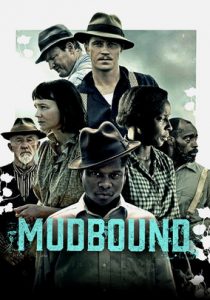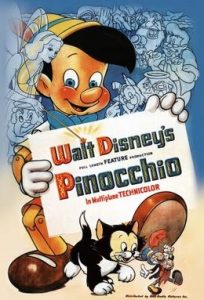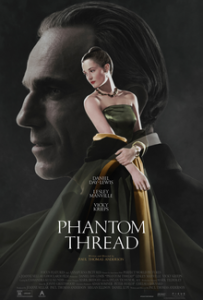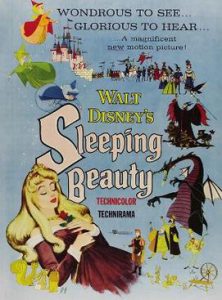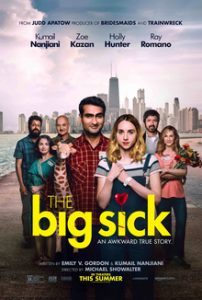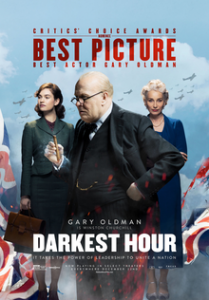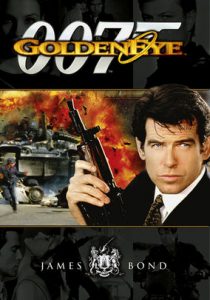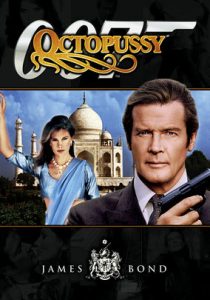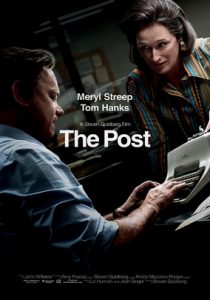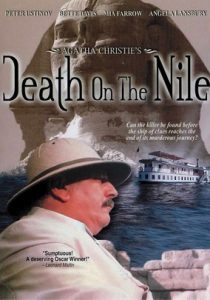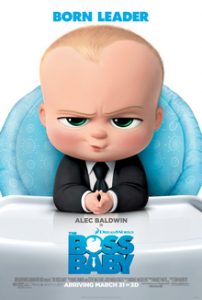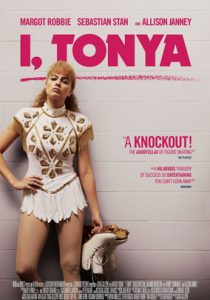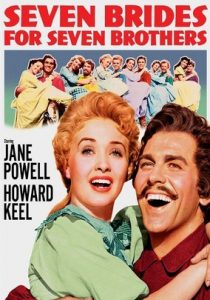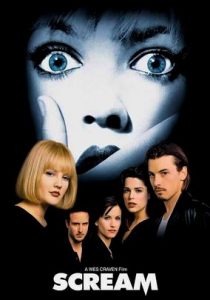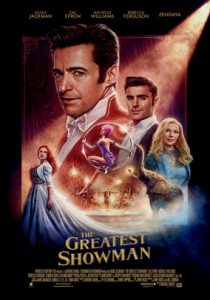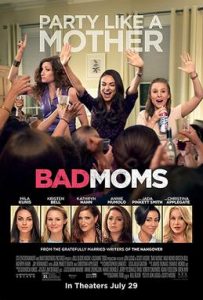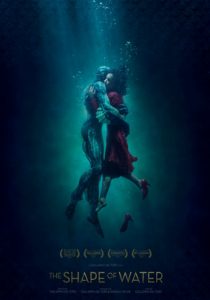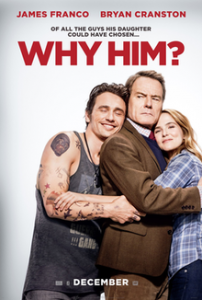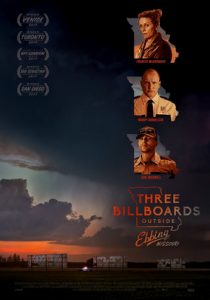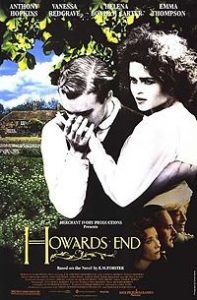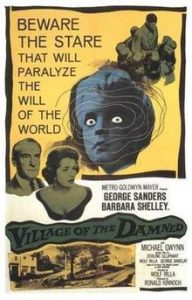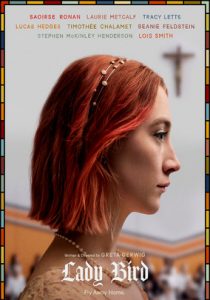Mudbound-2017
Director-Dee Rees
Starring-Carey Mulligan, Garrett Hedlund
Scott’s Review #724
Reviewed February 12, 2018
Grade: B+
Mudbound is a 2017 Netflix period drama offering that transports the viewer to a time of racism and struggles as World War II ravaged Europe.
The piece is largely set in rural Mississippi, however, during the 1940s as a vastly different way of life existed for most- especially black folks.
The film depicts the hardships and struggles of two families living on the same land- one white and one black, and how their lives intersect with one another’s dramatical.
The film received several Oscar nominations including Adapted Screenplay, Supporting Actress, Song, and Cinematography. I will suffice it to say I support the latter two mentions in the group, but not the former.
While the final act kicks the film into much-needed high gear, and the filming detail of the rural southern terrain is quite apt, I kept waiting for a stunning scene involving the usually wonderful Mary J. Blige to erupt, but sadly nothing ever came.
The writing, while inspired, would not get my vote in the screenplay category either, especially when other, more worthy films (think Mother!) were bypassed.
The mood of Mudbound is immediately impressive as we are introduced to the grizzled and muddy town of Marietta, Mississippi, a sort of farm wasteland, where brothers Henry and Jamie McAllan struggle to bury their recently deceased “Pappy” as the lands are ravaged by a driving storm.
When Henry briefly leaves Jamie in the watery grave the pair has dug, Jamie is panic-stricken that Henry will not return. In this way, director Dee Rees reveals a major clue to tension between the brothers as the film rewinds to sometime earlier when times were happier for the brothers.
Mixed in with the trials and tribulations of brothers McAllan, is Henry’s wife Laura (Carey Mulligan), who shares a loveless marriage with him, while secretly lusting after Jamie.
A poor black family resides and works on the McAllan farm, and must endure hardship and racism from the white residents of Marietta, especially when their son Ronsel returns from World War II, a celebrated hero. Old habits die hard as the Ku Klux Klan rears its ugly head- targeting the young soldier for daring to bed with a German woman abroad.
As most of the film meanders during the first hour or so with odd edits and pacing, I did not easily connect with many of the characters, though I wanted desperately to.
There seemed to be not enough buildup to the ultimate drama. The film is shot in a way that you know you are watching something of substance, but it takes a long, long time to reach a crescendo.
The aforementioned criticism of Mary J. Blige, who portrays long-suffering matriarch Florence Jackson, is not of the part itself or her acting, but rather, I expected a gritty, meat and potatoes style performance from the talented lady.
I disagree with her Oscar nomination, and instead would have chosen the brilliant Michelle Pfeiffer from Mother!
Praise must be written for Mulligan’s performance, shamefully overlooked, like the haggard, intellectually unfulfilled housewife, Laura. As she wistfully buries her nose in a novel to escape her dull life, or longingly looks at Jamie, disappointed with her loneliness, we feel every emotion that Mulligan plays.
A consistent problem with Mudbound was there lacked a grand emotional scene from either Blige or Mulligan.
The film’s racist subject matter can be utterly difficult to watch as a major character sees their tongue removed and another character forced to make a difficult choice. This action leads to a deadly turn of events and the murder of another character, resulting in a lifetime of secrets.
The final thirty minutes is the best part of Mudbound.
A must mention, and the historical feat is the nomination of Rachel Morrison in the cinematography category. She is the very first female to ever receive this honor and it is certainly about time. Morrison successfully fills Mudbound with the perfect mood- both picturesque greenery and a depressing, downtrodden aura.
This is not as easy as one might imagine, but creative talent achieves this effortlessly.
Mudbound is a film that has received lots of attention but is not the masterpiece some are touting it as. Taking way too long to hit its stride, the film has good aspects and also some missed opportunities.
Perhaps a better put-together film might have resulted in a brilliant experience instead of “only” a very good watch. I recommend Mudbound, but I expected and hoped for much more than I was given.
Oscar Nominations: Best Supporting Actress-Mary J. Blige, Best Adapted Screenplay, Best Original Song-“Mighty River”, Best Cinematography
Independent Spirit Award Nominations: Robert Altman Award (won)
